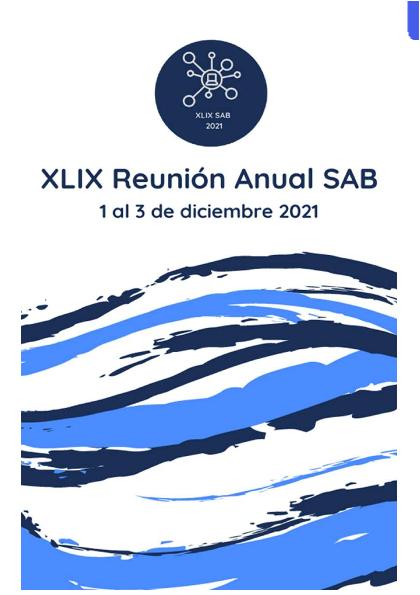Evento
Assessment of insect RDL receptor homology models for virtual screening: impact of the template conformational state in pLGICs
Colaboradores:
Delfino, Jose Maria ; Celej, Maria Soledad
; Celej, Maria Soledad ; Mangialavori, Irene Cecilia
; Mangialavori, Irene Cecilia ; Acierno, Juan Pablo
; Acierno, Juan Pablo
 ; Celej, Maria Soledad
; Celej, Maria Soledad ; Mangialavori, Irene Cecilia
; Mangialavori, Irene Cecilia ; Acierno, Juan Pablo
; Acierno, Juan Pablo
Tipo del evento:
Reunión
Nombre del evento:
XLIX Reunión Anual de la Sociedad Argentina de Biofísica
Fecha del evento:
01/10/2021
Institución Organizadora:
Sociedad Argentina de Biofísica;
Título del Libro:
Sociedad Argentina de Biofísica: XLIX Reunión Anual SAB
Editorial:
Sociedad Argentina de Biofísica
ISBN:
978-987-27591-9-3
Idioma:
Inglés
Clasificación temática:
Resumen
Pentameric ligand-gated ion channels (pLGICs) constitute a large family of transmembrane receptors. This family includes the γ-aminobutyric acid (GABA) receptors. The RDL homopentamer is the main GABA receptor in the insect nervous system. It presents structural differences with vertebrate GABAA receptors that result in a particular pharmacological profile. Therefore, the RDL receptor (RDL-R) is one of the most relevant targets for insecticides. Due to the difficulties related to pLGICs crystallization, many studies have used homology modeling to obtain the structure of these proteins and to perform computational studies about their ligands binding. However, the impact that the template conformational state could have on the model virtual screening (VS) performance has not been studied in detail. The aim of this work is to obtain RDL-R homology models in different conformational states and to evaluate their performance in a retrospective VS of channel-blocker insecticides. Fifteen RDL-R models were obtained, based on different pLGICs templates, whose structures represent three conformational states: closed, open and desensitized. With these models, molecular docking assays were performed with a set of active ligands and decoys. To evaluate the VS performance, the area under the ROC curve and the BEDROC score were calculated for each of the models. In addition, molecular dynamics simulations (MDS) were performed for the best models among each of the conformational states. The initial structures were obtained from the docking poses of the insecticide fipronil. VS performance parameters showed variations according to the conformational state of the templates. The correlations of these parameters with different variables were evaluated to analyze which were the determinant factors for a correct identification of active ligands. Structural properties of the channel pore, such as the solvent-accessible area and volume and the pore diameter at some specific residues could explain the differences in VS performance. The best results were obtained for a model based on a closed template. MDS confirmed that the expected interactions between the binding site residues and fipronil were present only in the closed model. These results show that different templates should be explored to obtain accurate RDL homology models, particularly focusing on the template conformational state. The model that presented the best performance parameters could be used in a prospective VS.
Palabras clave:
GABAA receptor
,
Insecticide
,
Docking
,
Virtual screening
,
Fipronil
Archivos asociados
Licencia
Identificadores
Colecciones
Eventos(IIBYT)
Eventos de INSTITUTO DE INVESTIGACIONES BIOLOGICAS Y TECNOLOGICAS
Eventos de INSTITUTO DE INVESTIGACIONES BIOLOGICAS Y TECNOLOGICAS
Eventos(INFIQC)
Eventos de INST.DE INVESTIGACIONES EN FISICO- QUIMICA DE CORDOBA
Eventos de INST.DE INVESTIGACIONES EN FISICO- QUIMICA DE CORDOBA
Citación
Assessment of insect RDL receptor homology models for virtual screening: impact of the template conformational state in pLGICs; XLIX Reunión Anual de la Sociedad Argentina de Biofísica; Buenos Aires; Argentina; 2021; 86-86
Compartir



